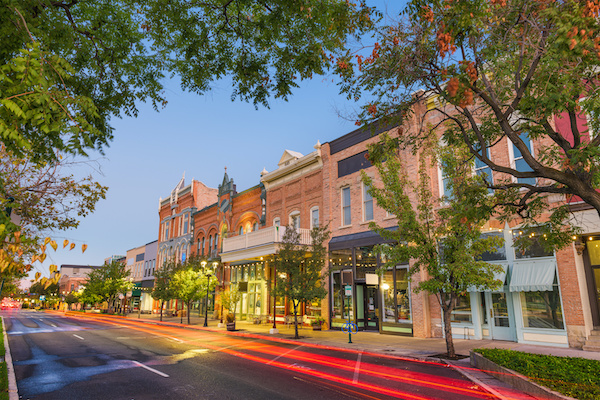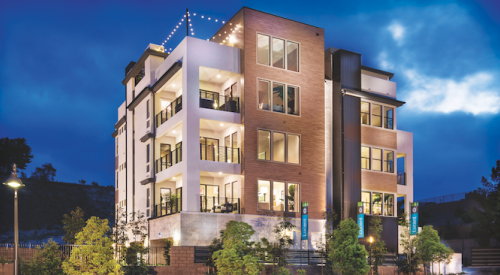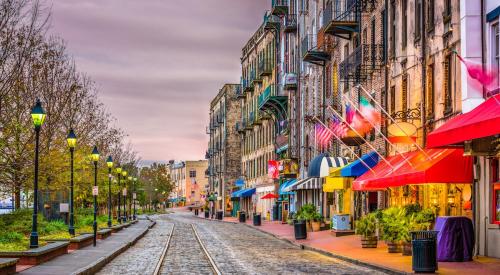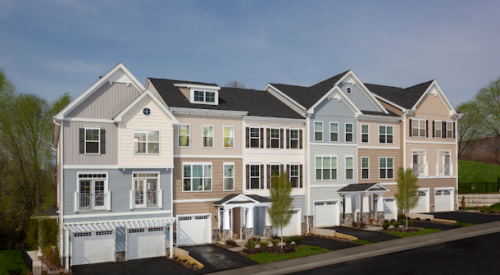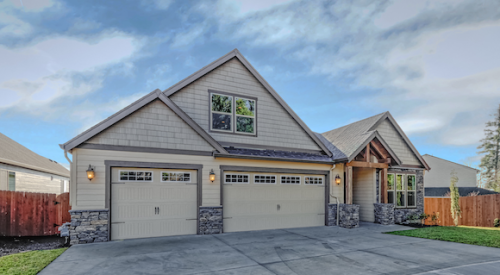Looking for the next hot market to expand your home building business? Take a look at these top 10 cities that are affordable alternatives to more expensive urban areas. Using a livability score that encompassed walkability, park access, diversity, and more, Curbed rounded up the cities that it thinks are the best places to move in 2020. These cities are ripe with amenities, economic opportunities, and have booming populations. Some locations have been stealing headlines lately for their growth. But others, such as Provo, Utah, may surprise you. See if your city makes the list, or find your next opportunity.
Choosing where to live is one of the most personal, stressful, and meaningful choices you can make. That’s why Curbed cast a wide net to put together our first-ever list of where you should live in the U.S in 2020. We began with a list of criteria—walkability, park access, diversity, housing costs, job opportunities, and more—that together add up to that essential but elusive trait: livability.
We ended up with a list of 10 intriguing alternatives to unaffordable coastal metros. No matter your reasons for relocating, moving to an entirely new place is complicated, so here, we offer a guide both to the highlights of your potential new city and to the ways it might change in the months and years after you move in.
Arlington County has traditionally been seen as an extension of D.C., which in the past meant government and defense jobs—it’s the home of the Pentagon—and bland blocks of hotel-and-office high-rises. But just as Washington has evolved, so has this desirable stretch of urban living just across the Potomac River. Technically an area of dense suburbs, its proximity means it can boast big-city infrastructure—excellent metro access to D.C., great scores for walkability and biking, and a park within a 10-minute walk of nearly any place you might live—as well as cultural diversity and a wide-ranging restaurant scene.
